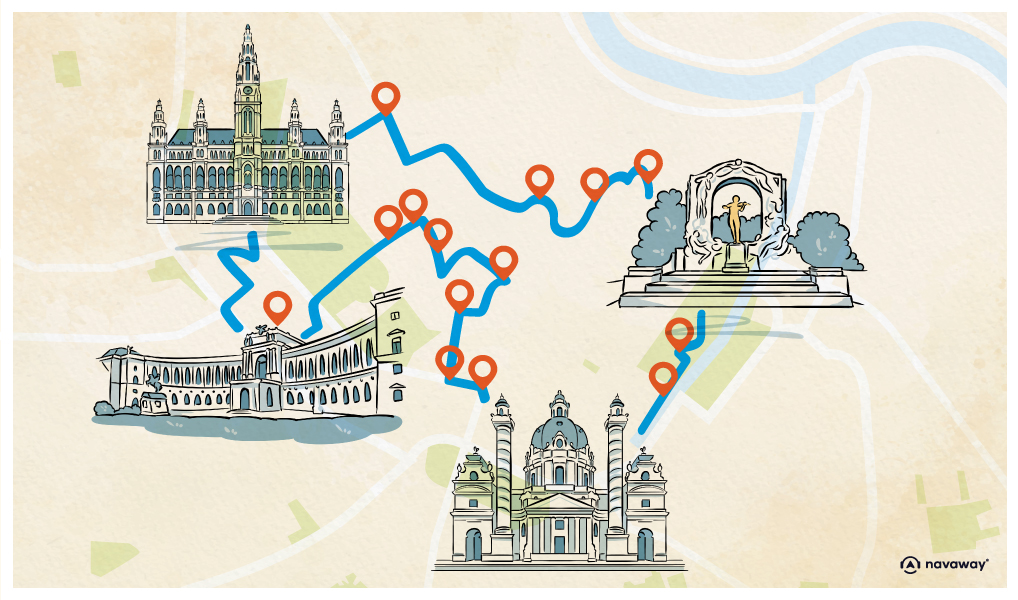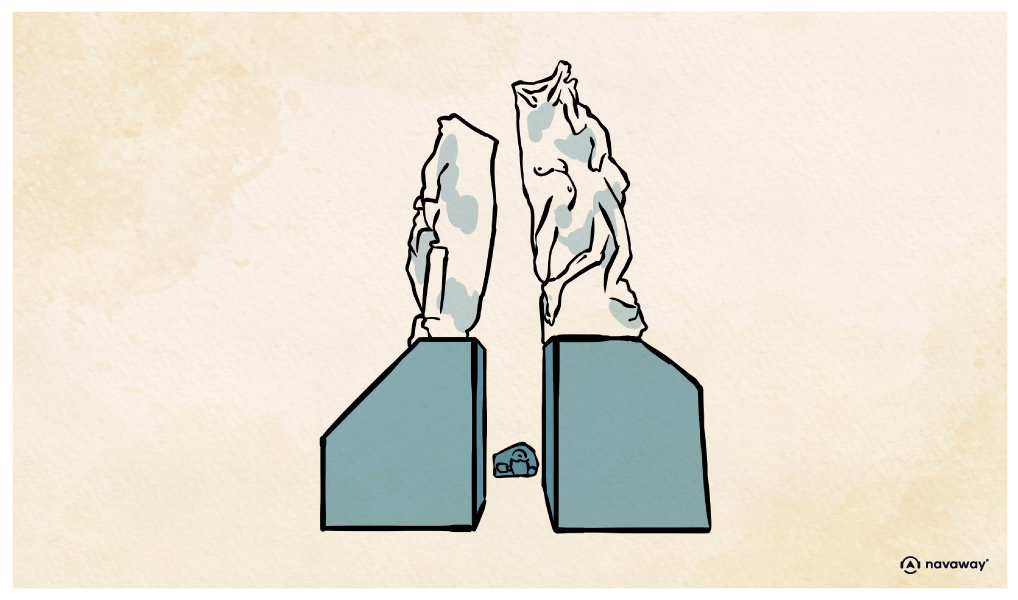
Memorial Against War and Fascism

This point of interest is available as audio on the tour: Visit Vienna, The Empress of Austria
You’re now standing on Albertinaplatz, in front of the Albertina Museum. Once the palace of Archduke Albert, this elegant building now contains the world’s largest collection of graphic art. Between 1918 and 1934, the period known as “Red Vienna,” this square was renamed Revolutionsplatz. To your left, you’ll see a series of sculptures that form the Memorial Against War and Fascism, commemorating the victims of Austria’s Nazi era. Before 1945, this site was home to the Philipphof, a bourgeois apartment building. During a World War II air raid, it collapsed while hundreds of people were sheltering in its basement. Only 180 bodies were ever recovered. After the war, the ruins were cleared, and the site was declared non-buildable. In 1988, Austria’s Year of Remembrance, the mayor of Vienna chose this location for the city’s powerful memorial, the first monument in Austria to directly address the country’s Nazi past. The memorial is made up of several symbolic elements. The Gate of Violence was carved from the same granite block that prisoners were forced to carry up the “Stairs of Death” in the Mauthausen concentration camp. The left side of the stone honours the mass murder victims, while the right side is dedicated to remembrance. The sculpture of the woman giving birth represents Austria’s rebirth after the horrors of war. Just behind, you’ll see a bronze figure of a man scrubbing the street. After Austria’s annexation into Nazi Germany, Jews were forced to clean public streets on their knees. The barbed wire was later added because people kept sitting on the statue’s back. Another tribute, Orpheus Enters the Underworld, honours those who died in bombing raids and the resistance. Finally, the large granite block represents the Stone of the Republic—a 57-ton, 8.4-meter monolith engraved with extracts of Austria’s Declaration of Independence, along with the names of its signatories. This memorial was highly controversial when it was unveiled. Some opposed it for confronting Austria’s role in the Nazi era; others disagreed its message of honouring “all victims,” including a fallen Third Reich soldier. But over time, attitudes have changed, and today, the memorial is not only accepted, but it’s key place of remembrance and an important stop for tourists.


Discover Vienna with app
An interactive guide through the most beautiful streets, squares, and districts
26 fun audioguides full of historical facts, anecdotes, and legends


Comments